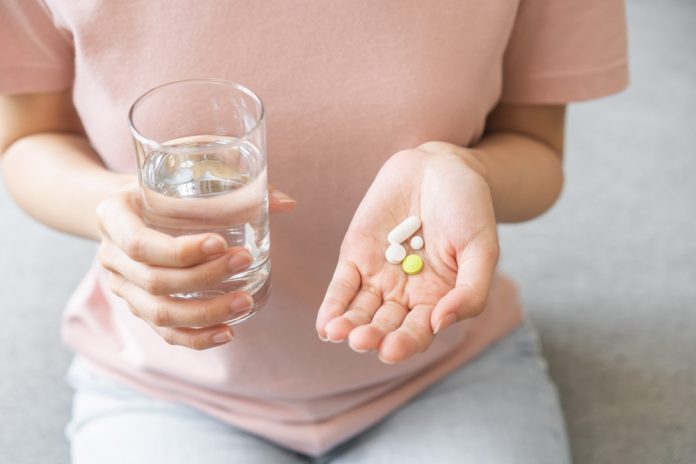A recent study reveals fluctuating but significant increases in global antibiotic usage, highlighting the urgent need for action against antimicrobial resistance (AMR).
This resistance, which renders antibiotics and other antimicrobial drugs ineffective, poses a severe threat to global health. Linked to nearly five million deaths annually, AMR leads to prolonged hospital stays, higher medical costs, and increased mortality rates.
The research suggests that global antibiotic usage has risen by over 21% since 2016, exacerbating AMR worldwide.
Dr Eili Klein, lead author of the study and Senior Fellow at One Health Trust (OHT) explained: “The COVID-19 pandemic temporarily disrupted antibiotic use, but global consumption has rebounded quickly and continues to rise at an alarming rate.
“To address this escalating crisis, we must prioritise reducing inappropriate antibiotic use in high-income nations while making substantial investments in infrastructure in low- and middle-income countries to curb disease transmission effectively.”
Tracking trends in antibiotic sales
Researchers from OHT, Harvard T.H. Chan School of Public Health, and Johns Hopkins University analysed pharmaceutical sales data from 67 countries between 2016 and 2023.
The study examined how economic growth and the COVID-19 pandemic influenced antibiotic usage. It also provided projections through 2030, categorising antibiotics using the World Health Organization’s (WHO) AWaRe framework, which prioritises stewardship of these critical drugs.
Key findings on antibiotic consumption
The study observed a 16.3% increase in antibiotic sales across the reporting countries, growing from 29.5 billion defined daily doses (DDDs) in 2016 to 34.3 billion DDDs by 2023.
This rise reflects a 10.2% increase in per-capita consumption, with rates climbing from 13.7 to 15.2 DDDs per 1,000 inhabitants per day.
Before the COVID-19 pandemic, consumption trends diverged by income level. High-income countries experienced declining antibiotic use, while middle-income countries reported growth. From 2016 to 2019, middle-income nations saw a 9.8% rise in usage, compared to a 5.8% decrease in wealthier nations.
Impact of the COVID-19 pandemic
The onset of COVID-19 in 2020 disrupted antibiotic usage globally, with an especially sharp drop in high-income countries.
Antibiotic consumption in these nations fell by 17.8% between 2019 and 2020, partly due to pandemic-related measures such as lockdowns and reduced healthcare access.
Meanwhile, lower-middle-income countries surpassed high-income nations in per-capita antibiotic consumption by 2021.
Middle-income countries drive growth
Middle-income countries led the increase in antibiotic sales, with notable shifts in the types of antibiotics used.
These nations favoured Watch antibiotics, which are considered at a higher risk for resistance, over Access antibiotics.
Projections suggest that by 2030, global antibiotic consumption will surge by over 50%, reaching 75.1 billion DDDs.
Implications for public health
This study underscores the urgent need to curb excessive antibiotic usage through enhanced stewardship, infection prevention, and widespread vaccination.
It also emphasises preparing for future pandemics by prioritising responsible antibiotic use. With rising global consumption, coordinated efforts will be crucial to combat the escalating threat of AMR.









